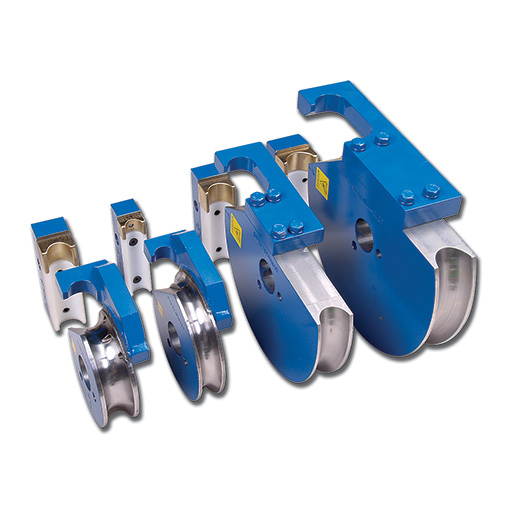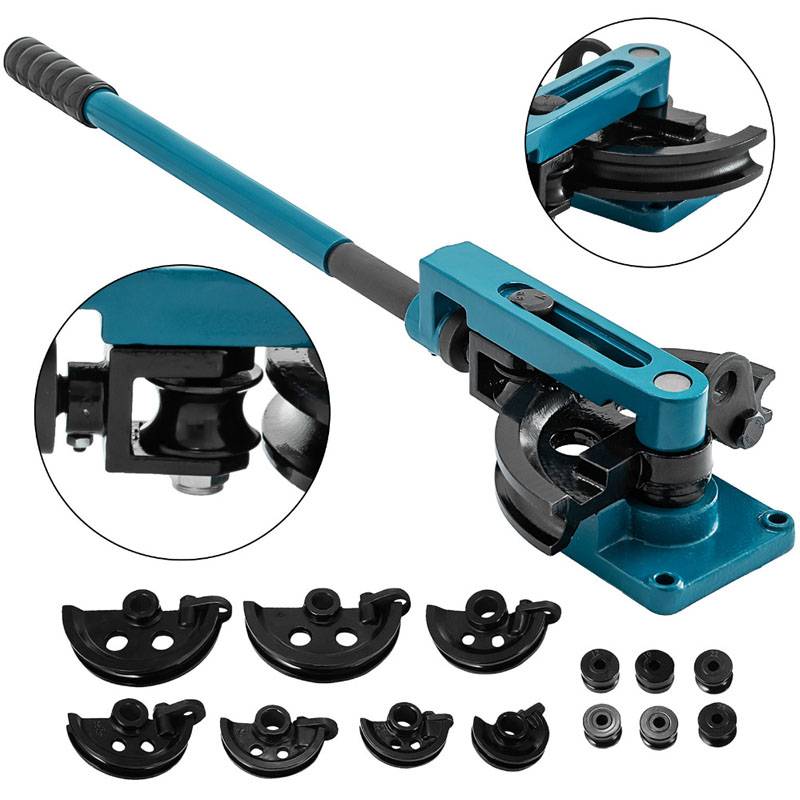
The operator uses the programming software to feed the data of the operation or operations required. Common CNC machines include lathes, drills and other machining tools. It is a term frequently used in manufacturing to describe machines that work with a programming software to perform their operations. This is possible because of CNC bending machines.ĬNC stands for Computer Numerically Controlled. Today, most bending only needs human assistance, not constant guidance. At the same time, a wide range of pipe sizes fit the same machine and a large variety of bend angles are available.Īpplications: large industrial structural parts, short radius bends, heating system parts, thick-walled parts, etc. It is an accurate method that does not require mandrels. Applying the pressure to a hot workpiece allows for energy-efficient bending. At the bending point, there is an induction coil. With induction bending, a profile is drawn through a die. The mandrel’s objective is keeping the tube from collapsing. Bending a small radius, thin tubes or harder materials can result in an unsatisfactory outcome. In bending steel and aluminium tubes, a mandrel is necessary for more difficult jobs. Thus, adding a wiper die just after the bend die helps to smooth the surface.

It may result in wrinkles with large deformations. The purpose is to avoid the formation of any humps on the inside radius.ĭuring the forming process, the material turns plastic during bending. Wiper DieĪ wiper die places just after the bend die. The pressure die makes sure the tube follows the bend die’s contour. Its main purpose is to prevent the pipe from slipping. The clamp die presses the tube onto the bend die.


The selection of die is very important, as the tube’s inside radius depends on it. The tube clamps to the bend die and the drawing process produces the necessary bend. The bend die, also known as the bend form or the radius die, is the most important part of a rotary-draw bending machine.


 0 kommentar(er)
0 kommentar(er)
